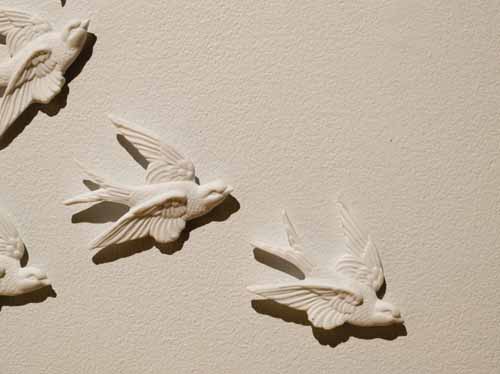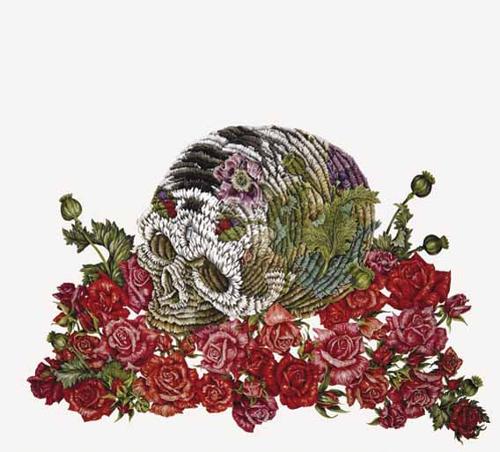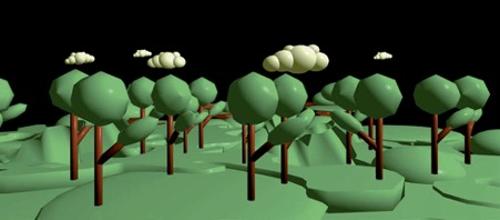
Sigmund Freud suffered from agoraphobia. In his 2002 book Repressed Spaces: The Poetics of Agoraphobia, Paul Carter quotes Theodore Reich's reference to Freud's 'confession of a lingering fear of crossing open spaces'. Such fears are primal and must be dealt with by the repeated experience of overcoming that fear, or as in Freud's case, it becomes sublimated. In all of us, infantile fears combine with infantile imagination to invest space, and darkness, with the possibility of exposure to things unknown but present, things perhaps unknowable since they don't exist in the clear light of day. They survive at an elemental and liminal level, retreating when the space is lit, or when company arrives, hovering at the edge of actual existence, but always quietly present.
Room, curated by British artist and curator Derek Hart (now based in Hobart), takes us to such a place. The initial impression of the show is that somehow the familiar CAST Gallery is a larger space than remembered and thus that space itself is the primary element being activated. The false impression is one of sparseness and that is overridden by immersion within a space which is masterfully controlled. Certain works, such as Stephen Garrett's Drawing Room, are enormous but on another level, hardly there. Consisting of transparent plastic which runs the full length of one wall, the work is in fact material from the floor which has adhered to the plastic and can be seen on it though now transferred to the wall. It is a delicate and formally intriguing work, a simple act but such a comprehensive and subtle result. Hardly there, yet slowly engaging the viewer, quietly insistent. This is not a show to race through, it builds, quietly and slowly.
Simon Horsburgh's Borrowed Light sits in the centre of the gallery floor, visible from every part of the gallery, it is a square panel of light with a small bulb of light at its centre, it gently anchors the whole space, forming a point of reference from which all else is navigated yet it does so with the grace and quietness of a magically insistent presence. The conundrum in this work is that it holds an attraction which draws the viewer closer, only to remain subtle and mysterious no matter how closely inspected. It's like looking at a star which is always present in peripheral vision but almost disappears when confronted directly.
In the work Swallow by Kathryn Faludi-Ball, a flock of white cast porcelain birds mass silently in one corner, meeting and swirling in a frozen swoop redolent perhaps of the domestic. Birds, so much the creatures of myth, of magic. There is none among us who as children did not marvel at the fact of them, of flight and of the dream of flight. And this group reminds us of the futility but inevitability of that aspiration.
Once again, the viewer is pulled back to infantile states of engagement with the world, to a condition in which all is magical, all is possible and all is equivocal. Where is danger? Everywhere.
Katrina Simmons Throb consists only of a broom, almost leaning against a far wall. If it were not in this context it may well simply be a cute notion, but here the collaboration of magicality causes it to resonate disturbingly as a dynamism, a becoming thing, an aching, John Cage moment if you like. Running Lost by Catriona Stanton could only exist in two places, the imagination or a gallery. Its strength is its delicacy, an aspirational structure of toothpicks and fine cane, it grows from a rickety little base but will not fall, it defies laws of construction and insists on climbing ever upward. Kylie Stillman's Park Views creates a lacy pattern of holes in a backlit venetian blind, redolent of light pouring through lace yet equally hard and modernist. It is clearly 'inside' yet it speaks of the outside, it is closed yet we seem to see beyond it. The only video (and sound) piece in the show isThe Angels are Coming by Matt Warren. It responds to an illusion and attempts to recreate the sense of that illusion, where reason remains but is nonetheless overridden by sensation. The angel could not have existed, it was a misconstrued reflection, yet it lives, like all those other inhabitants of consciousness who dwell in quiet corners and open spaces.
It is a credit to the curator and the gallery that there is no evidence of theatricality or forced drama in the presentation of this show. The quiet, irrational insistent dramas are in the work, and that has been respected in the show's configuration. I suppose those who say that the little child lives on inside us may well be right.












